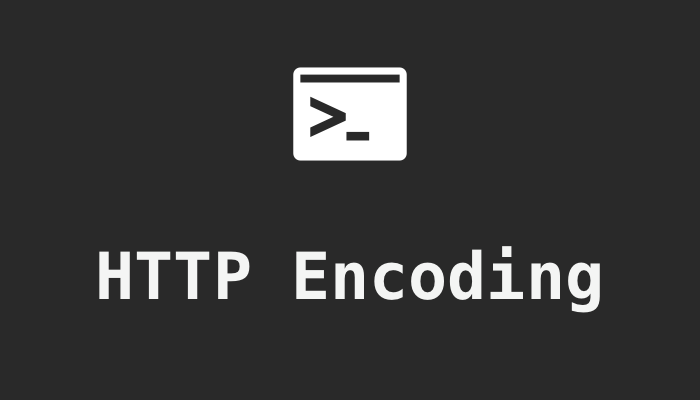HTTP encoding, also known as percent-encoding or URL encoding, is a way of encoding special characters in URLs and other HTTP data, such as headers and body content. HTTP encoding uses a special encoding scheme, called percent-encoding, to represent the special characters as a combination of the % character and two hexadecimal digits.
The purpose of HTTP encoding is to ensure that the special characters can be safely transmitted and interpreted by different systems and devices, and to avoid any issues or errors. HTTP encoding is widely used in various contexts, such as web browsing, APIs, and email, to encode and transmit special characters in URLs and other HTTP data.
Here are some examples of HTTP encoding:
Space character: %20
Exclamation mark: %21
Double quote: %22
Hash symbol: %23
Dollar sign: %24
Percent sign: %25
Ampersand: %26
Single quote: %27
Left parenthesis: %28
Right parenthesis: %29
Asterisk: %2A
Plus sign: %2B
Comma: %2C
Slash: %2F
Colon: %3A
Semi-colon: %3B
Less-than sign: %3C
Equals sign: %3D
Greater-than sign: %3E
Question mark: %3F
At symbol: %40
HTTP encoding is a standard way of representing special characters in URLs and other HTTP data, and it is widely supported by different systems and devices. It is important to properly encode and decode the HTTP data to ensure that it can be safely transmitted and interpreted, and to avoid any issues or errors.






